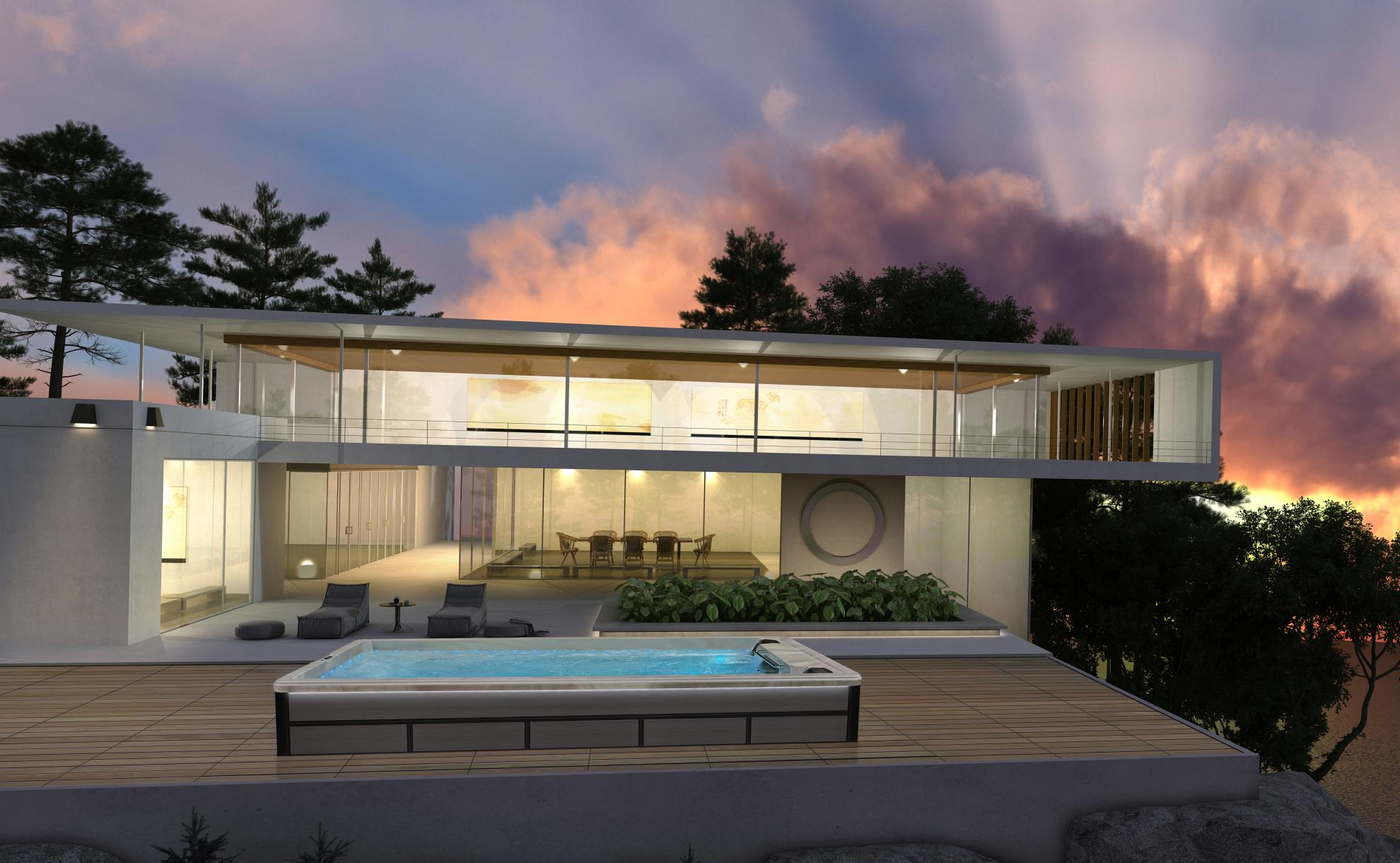The Decline of Concrete Hot Springs Pools: Unraveling the Shift in Preference
Traditional concrete options are falling out of favor when it comes to hot springs pool construction. Homeowners, developers, and spa enthusiasts are increasingly opting for alternative materials, and several factors contribute to the waning preference for concrete hot springs pools.
1. Extended Construction Timelines:
One of the primary reasons behind the diminishing popularity of concrete hot springs pools is the prolonged construction period. Concrete hot springs pool construction involves meticulous excavation, intricate steel framing, and multiple layers of concrete application. The time-consuming nature of this process stands in stark contrast to the desire for prompt enjoyment of these therapeutic pools.
2. High Maintenance and Repair Costs:
While concrete is renowned for its durability, the associated maintenance and repair costs are substantial. Over time, cracks may emerge in the concrete structure, necessitating costly repairs. The porous nature of concrete also makes it prone to algae growth and staining, demanding frequent and labor-intensive maintenance efforts that can be economically burdensome for spa operators.
3. Limited Customization Options:
Concrete hot springs pools, while allowing for a degree of customization, have design limitations that are becoming less appealing to those seeking innovative and visually striking spa experiences. Modern materials, such as advanced acrylic, provide a wider range of design possibilities and flexibility, catering to the evolving tastes of spa-goers.
4. Environmental Concerns:
The environmental impact of concrete hot springs pool construction is becoming a significant consideration. The extraction and transportation of raw materials, notably cement, contribute to a substantial carbon footprint. In an era of increasing environmental consciousness, alternative materials that offer comparable durability with more sustainable practices are gaining preference.
5. Surface Comfort and Aesthetics:
Concrete surfaces tend to be rough, impacting the comfort of spa-goers seeking a luxurious and soothing experience. Materials like smooth acrylic or aesthetically pleasing composite surfaces are becoming more appealing, enhancing the overall sensory satisfaction of hot springs pool enthusiasts.
6. Advancements in Alternative Materials:
The spa industry is witnessing notable advancements in alternative materials that cater to the evolving demands of the market. Acrylic, advanced polymers, and composite materials are emerging as popular choices due to their durability, ease of maintenance, and faster installation, ultimately offering a more cost-effective solution.
The decreasing popularity of concrete hot springs pools is attributed to a combination of factors, including extended construction timelines, high maintenance costs, limited customization options, environmental concerns, and advancements in alternative materials. Spa enthusiasts now have access to a diverse range of materials that not only meet their aesthetic preferences but also align with the desire for efficiency, sustainability, and enhanced spa experiences. As the spa industry embraces these contemporary alternatives, the era of concrete hot springs pools as the default choice is gradually fading, making way for innovative and consumer-friendly solutions.

